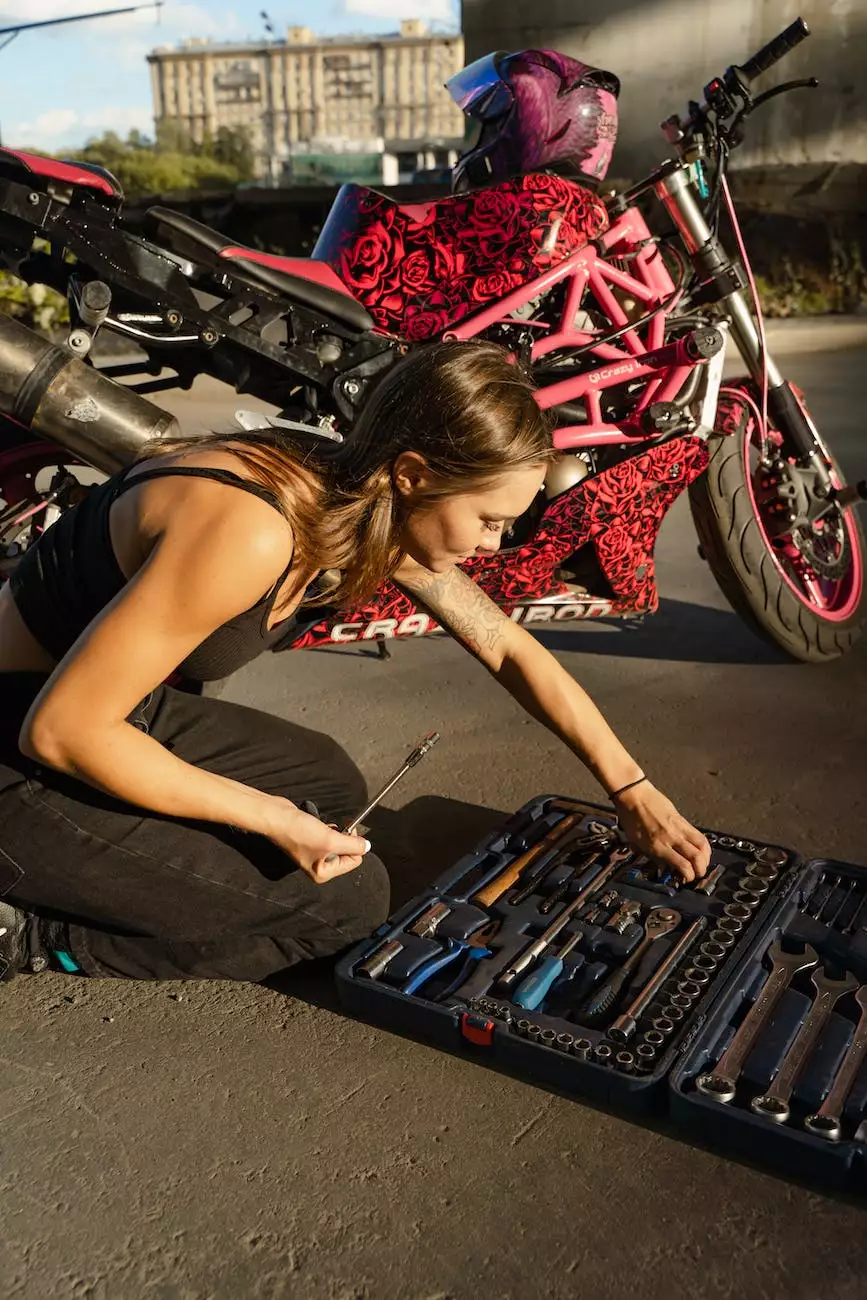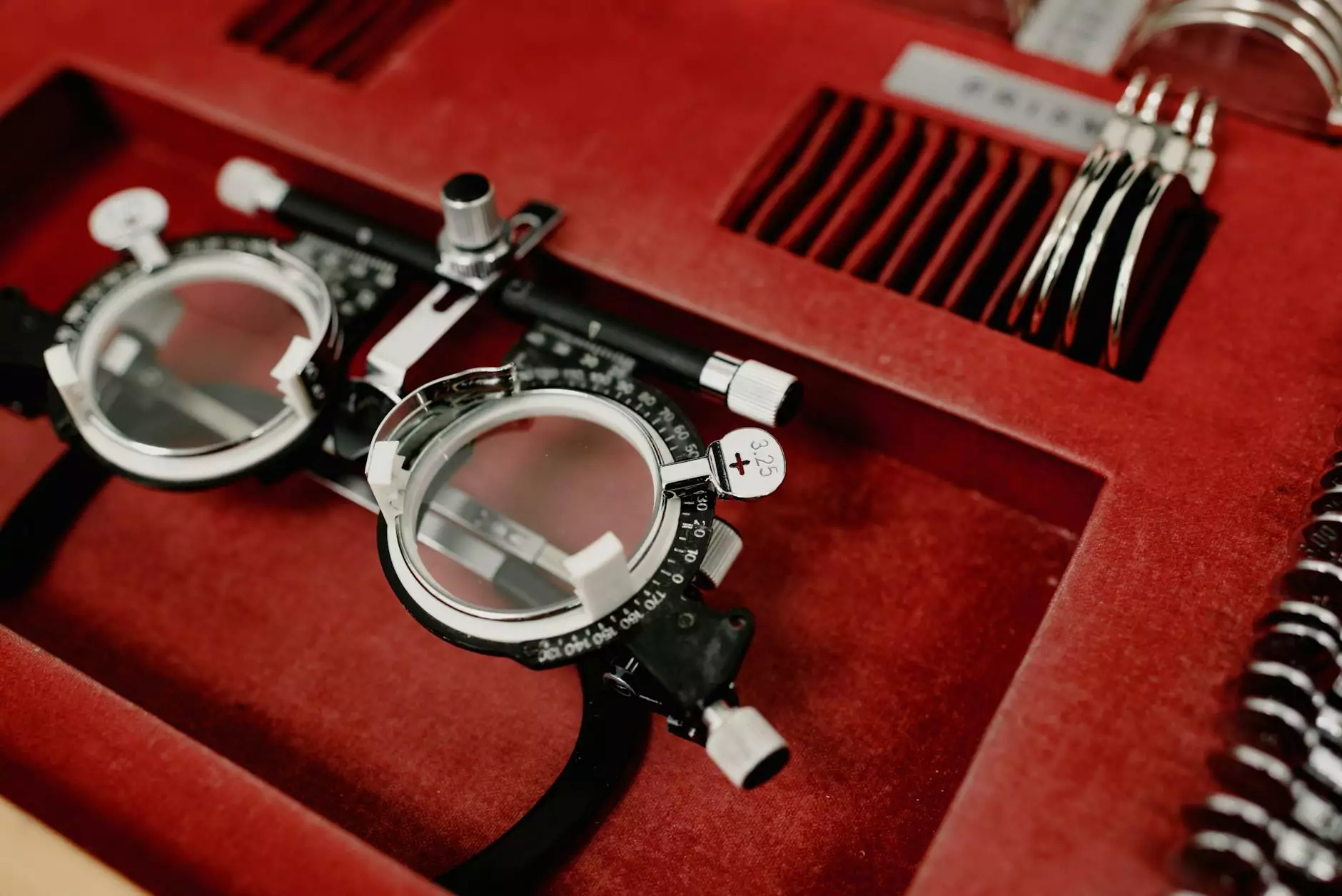How to Choose the Safest Motorcycle Helmet

Introduction
When it comes to riding motorcycles, there's no denying the thrill and freedom it provides. However, safety should always be a top priority for riders. One of the most crucial pieces of safety equipment any motorcyclist should invest in is a high-quality helmet. In this guide, Baytowne Reporting aims to provide you with comprehensive information on how to choose the safest motorcycle helmet.
The Importance of Wearing a Motorcycle Helmet
Before diving into the details of selecting the right helmet, let's highlight the significance of wearing one in the first place. Motorcycle helmets are designed to protect your head from potential impact during accidents, reducing the risk of severe injuries or fatalities. They serve as a critical line of defense against head trauma, and in some regions, wearing a helmet is mandated by law. Therefore, choosing a helmet that offers optimal protection is of utmost importance.
Fitting and Sizing
One of the key factors to consider when selecting a motorcycle helmet is the fit and size. A helmet that doesn't fit properly may not provide adequate protection, rendering its safety features ineffective. To ensure the right fit, measure the circumference of your head using a tape measure and consult the manufacturer's size chart. Look for a helmet that snugly fits without being too tight or uncomfortable. Remember, the helmet should not shift or slide while you're wearing it.
Safety Certifications
Another crucial aspect to assess when choosing a helmet is its safety certifications. Look for helmets that meet or exceed the standards set by relevant safety organizations, such as the Department of Transportation (DOT) in the United States, the Economic Commission for Europe (ECE) in Europe, and the Snell Memorial Foundation. These certifications indicate that the helmet has undergone rigorous testing and meets the required safety standards.
Helmet Types
Motorcycle helmets come in various types, each catering to different riding preferences and conditions. The three common types are full-face helmets, open-face helmets, and half helmets.
Full-Face Helmets
Full-face helmets provide the most comprehensive protection, as they cover the entire head and face. They feature a sturdy outer shell, a protective visor, and a chin guard. Due to their superior coverage, full-face helmets offer excellent impact resistance and shield riders from wind, debris, and weather elements.
Open-Face Helmets
Open-face helmets, also known as three-quarter helmets, cover the head but lack a chin guard. They feature a protective outer shell and a visor or face shield that shields the eyes from wind and debris. While open-face helmets offer more visibility and ventilation, they provide less protection for the face and chin compared to full-face helmets.
Half Helmets
Half helmets cover only the top of the head, leaving the face and neck exposed. They offer the least coverage among helmet types and are typically lightweight and less restrictive. However, it's essential to note that half helmets provide minimal protection in case of accidents, especially for the face and chin, making them less safe compared to full-face or open-face helmets.
Materials and Construction
The materials and construction of a helmet play a significant role in its safety and performance. Most helmets utilize a combination of polycarbonate, fiberglass composite, or carbon fiber for the outer shell. These materials offer varying degrees of strength, impact absorption, and weight.
On the inside, helmets feature foam padding or EPS (expanded polystyrene) liners designed to absorb and distribute impact forces. Manufacturers may also incorporate additional technologies such as MIPS (Multi-directional Impact Protection System) to enhance safety by reducing rotational forces on the brain during angled impacts.
Additional Features
While the primary focus should be on safety, some additional features can enhance the overall convenience and usability of a motorcycle helmet.
Visors and Shields
A visor or face shield is an essential feature that protects the rider's eyes from wind, dust, debris, and UV rays. Look for helmets with easily replaceable and optically clear visors to ensure optimal visibility and convenience.
Ventilation
Proper ventilation is crucial in a helmet to keep the rider cool and prevent fogging. Look for helmets with well-placed vents that allow airflow without compromising safety.
Noise Reduction
Some helmets are designed to reduce wind noise, providing a quieter and more comfortable riding experience. If noise reduction is a priority for you, consider helmets with built-in features for noise reduction or compatibility with additional accessories like earplugs.
Conclusion
Choosing the safest motorcycle helmet is a crucial decision that can significantly impact your safety on the road. By considering factors such as fitting, safety certifications, helmet types, materials, and additional features, you can make an informed choice that ensures both protection and comfort. Remember, investing in a high-quality helmet is an investment in your own well-being and peace of mind. Ride safe!



